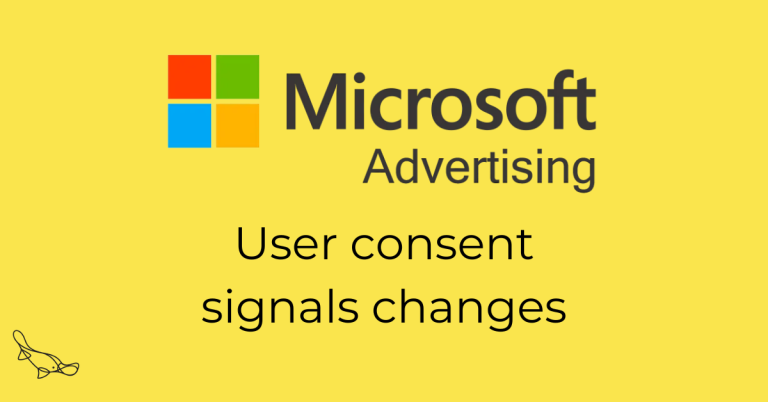The situation
The cost of living crisis means people are cutting back on spending to pay for energy, rent, mortgages and even tomato ketchup.
That means some people are also cutting back on their charity donations.
This leaves charity fundraising and marketing teams with a bit of a dilemma – stick or twist?
Stick, and they keep investing in fundraising and marketing through the cost of living crisis and recession to get more donations. Twist, and they reduce their spending till the storm blows over.
What marketing science tells us
There’s a lot of marketing science that the two charities can learn from when evaluating whether they took the right approach.
The research is based on a few facts that it’s worth reminding ourselves of before diving in.
- Charities are brands. They might not be brands that you find on supermarket shelves, but they are brands nevertheless. They have names that people remember, they have colours that stick in the mind, and they are really important to people’s lives.
- Donations are sales. They might not be the kind of sale where you end up with a physical thing afterwards, like a packet of cereal. But people still pay money for them. You still have to convince them to part with that money, like in any other sale.
- Digital marketing is marketing. Sometimes we think because we’re in a Brave New World of tech and social media that the rules of marketing, and the science of marketing, don’t apply to us. This is a mistake. Digital marketing is marketing, and we can learn from marketing science to make better decisions.
What happens when brands stop advertising?
The Ehrenberg Bass Institute for Marketing Science tells us that when brands stop advertising for a year or more, sales often decline year-on-year following the stop.
On average, sales fall 16% after one year, and 25% after two years.
For sales, read donations, or support more broadly.
Their research nails the appeal of cutting advertising spend which it says leads to those effects:
“In a recession or other times of financial pressure — e.g., when resources are urgently required in other areas of the business — advertising may seem like a discretionary activity or a dispensable luxury. Because the advertising budget is typically non-fixed, it can be diverted quickly at short notice.
Stick or twist?
Let’s think about the two strategies, stick or twist, in a fictional example of two heart health charities.
Heartbeat sticks. They know that economic storms are a part of marketing and fundraising, not temporary blips in imaginary norms. They know the need for their work will still exist after this recession, and so will they. The board was understandably nervous with so much uncertainty ahead, and it felt like a bold approach, but one their commitment to the cause empowered them to make.
We Heart Hearts twists. They reduce their investment in acquiring new donors and making people aware of their heart health resources. They reduce advertising spends on out of home and online advertising. Their board felt like it simply had to respond to external events. The move was quick to implement, and who doesn’t love a quick fix?
What will happen when charities cut marketing?
In our fictional example, the research tells us that We Heart Hearts are going to find their share of voice in the fundraising market reduced.
While We Heart Hearts reduced their advertising and marketing spend, Heartbeat are maintaining and even thinking about increasing theirs. This means that We Heart Hearts will get squeezed out in the minds of the donors of today, next year and the year after.
Their brand campaigns in particular were reaching potential service users. They’re getting cut. That means the people with heart health needs are left alone with their challenges, unaware of We Heart Hearts help.
The science says that We Heart Hearts are going to feel the impact of these decisions way beyond the recession. And not just with potential low-level donors who can afford £5 a month but no more than that (and they’re a hugely important group of people).
It also means trusts, foundations, corporate partners, major givers, and once again, people who need the help that We Heart Hearts provides, all never discover or slowly forget who they are. So they stop supporting them.
The research tells us that long term, We Heart Hearts will make at least 25% less in donations. When that happens, they may well cut even more marketing and advertising spend. And then they get even less in donations. It’s a truly vicious circle.
What to do
What does this mean for your charity?
Well, the cost of living crisis and recession are happening, whether we like it or not. So we have to accept that.
There are still options.
1. Accept short term bad results
Auction environments like Google and Facebook have higher CPAs. That’s likely to continue, and beyond the usual optimisation to keep costs down as much as possible, that’s another thing we have to accept.
That doesn’t mean there are other channels that can reach that many people as effectively where lower CPAs are to be found. It just means things have changed, and CPAs are just higher right now.
2. Still think long term
Remember – your charity will be around this year, next year and the year after.
The short term isn’t great right now. But the long term will still happen. So plan accordingly.
3. Diversify your channel mix
The marketing funnel is complex. One glance at the attribution model reports in your Google Analytics account will show that people see your DRTV ad, Google you, look at your website, check out your social media, see a Google Ad, click on email, then another Google Ad, and *then* donate, often across many weeks or months.
Use this knowledge to your advantage. Spread your marketing budgets across more channels to make sure you’re reaching people at the right time..
4. Create brand awareness campaigns
One charity we worked with told us that 75% of their legacy income came from people who weren’t on their database. So those people left huge sums to the charity because they’d just heard of them somewhere. Could have been anywhere.
Brand awareness campaigns get your name heard. They get your charity’s brand, message and how you help people better known. They don’t ask for a donation or for people to do anything in particular.
They’ll reach lots of people. Those people will remember you, and later campaign, donate or even leave a legacy pledge. Even if they don’t donate right away.
5. Create engagement campaigns
Further down the marketing funnel, people are still looking for things to do, even if they can’t donate.
So create lead gen campaigns. Create a quiz about your cause. Email the people who complete it about what you do. Create messaging-based campaigns to connect with prospects.
That deeper engagement will get people ready for donation asks whenever they do come.
6. Say how the recession is affecting your charity
You can always be super honest with your donor base and say that the recession is reducing the amount of money you’re raising.
It’s hard to think of a more pertinent case for support than that.
Greenpeace went ahead and listed the actual number of donors they’d lost in a recent fundraising email. This is a brilliantly authentic and human approach.
“With the UK economy taking a turn for the worse, I know many of us are feeling the squeeze. At Greenpeace, we’re seeing the impact of this crisis too. Sadly, 2,352 people have had to cancel their regular gifts to us over the last month. And a devalued Pound means donations aren’t going as far as they used to.
This economic uncertainty leaves the environment even more vulnerable to being exploited in the hunt for “cheap” recourse. And with the government already gutting environmental protections, the last thing we want to do is slow down.
We’re determined to keep standing up for our planet. I’ve worked out that we need 1,649 people to start up a monthly gift to plug our funding gaps. Today, could you take action to help us reach this goal? “
The science supports maintaining or even increasing your marketing investment to reach the people who might give or get support from your charity. That will mean you’ll raise more money in the long term, and reach more people.
Of course, we are very biased when we say this. But we urge charities to stick – not twist.





